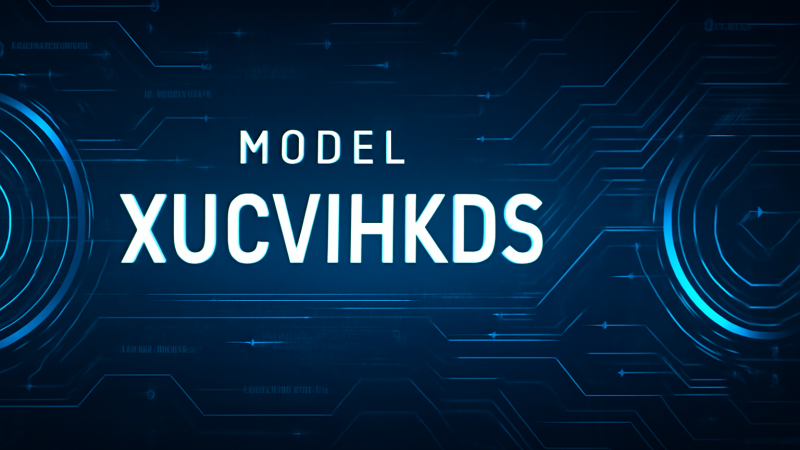What is Active Noise Cancellation? The secret Survival Feature To Escape Modern Life

Many of today’s top headphones do more than just deliver pleasant sounds to your ears. They can also listen for and reduce — or even entirely silence — outside disturbances that can interfere with your enjoyment of music.
But what exactly is active noise cancellation (ANC) and how does it function? We’ll look at how noise-cancelling headphones and earbuds reduce the loudness of ambient sounds, whether you should spend more for the technology, and which models are the best at active noise cancellation in this guide.
What is active noise cancellation?
When you’re using headphones, active noise cancellation (ANC) is a mix of hardware and software that makes outside noises sound quieter. ANC listens for these sounds and then utilises some creative audio wizardry to “cancel” them out, unlike passive noise isolation, which merely muffles them by building a seal using headphone ear cups or in-ear tips.
ANC works like this: tiny microphones in your headphones listen for ambient noise. These aren’t the mics you’d use to speak into, as on the best headphones with a microphone for voice and video chats, but they’re still there.
The ANC system records the sound waves produced by these sounds by picking them up. It can then generate its own sound wave with the same amplitude as the original but inverted. As a result of the interference, the two waves cancel each other out, resulting in a single, considerably flatter (and thus quieter) wave. The resulting wave is then played along with your music, and because the entire process happens so quickly, the original, noisy sound wave never makes it to your ears.
If this sounds difficult, imagine two boxers striking a punching bag from opposite directions at the same time and with the same force: the bag would not move. Similarly, sound waves from outside noise are blocked out by the ANC system’s equal but opposite “anti-noise” waves.
However, there are limits to ANC that make it less effective at silencing certain types of sounds than others. The process is fast but it can’t physically occur in real time, so ANC works best with consistent low-frequency sounds as opposed to higher-pitched, inconsistent sounds like human speech. Vehicle engines and droning air conditioners are easy to cancel out, but the shorter wavelength of high-frequency sounds, like a sudden blast from a car horn, makes it tougher for the ANC’s anti-noise waves to perfectly fill the gaps.
Even yet, when you wear noise-cancelling headphones, all sounds will be at least a little muted, and many sounds can be entirely muffled, even on certain low-cost models. There are a few ANC versions among the best affordable wireless headphones on the market.
What is Noise Cancellation?
Most business-grade headsets include noise cancellation incorporated into the microphone, making them ideal for noisy workplaces. This aids callers in hearing you better, but it does nothing to help you hear better. With more people working in noisy office and home situations, advances in technology and increased demand have sparked a trend where noise cancellation is incorporated separately to the speakers in headsets. This allows headset users to tune out background noise and concentrate more on their calls with fewer distractions.
Conclusion
Noise-canceling headset technology can make or break your caller’s and your own experience with calls and customer interactions. Will you be able to complete the transaction? Is your concentration being harmed by dogs barking and children playing in the background? What about that fantastic football game your coworkers were talking about last night? Callers’ confidence in conducting business with your organisation will be harmed if they hear people ranting in the background with continual disruptions.
Background noise is considerably reduced when you use noise-canceling headphones, which improves communication between you and your caller. For a more productive day, better communication means less information repeated and more accurate information from your calls. Hopefully, we were able to answer some of your questions concerning active noise cancellation and noise cancellation to help you with your purchase. Make sure you thoroughly test and consider whether a noise-canceling headset would be a good buy.






